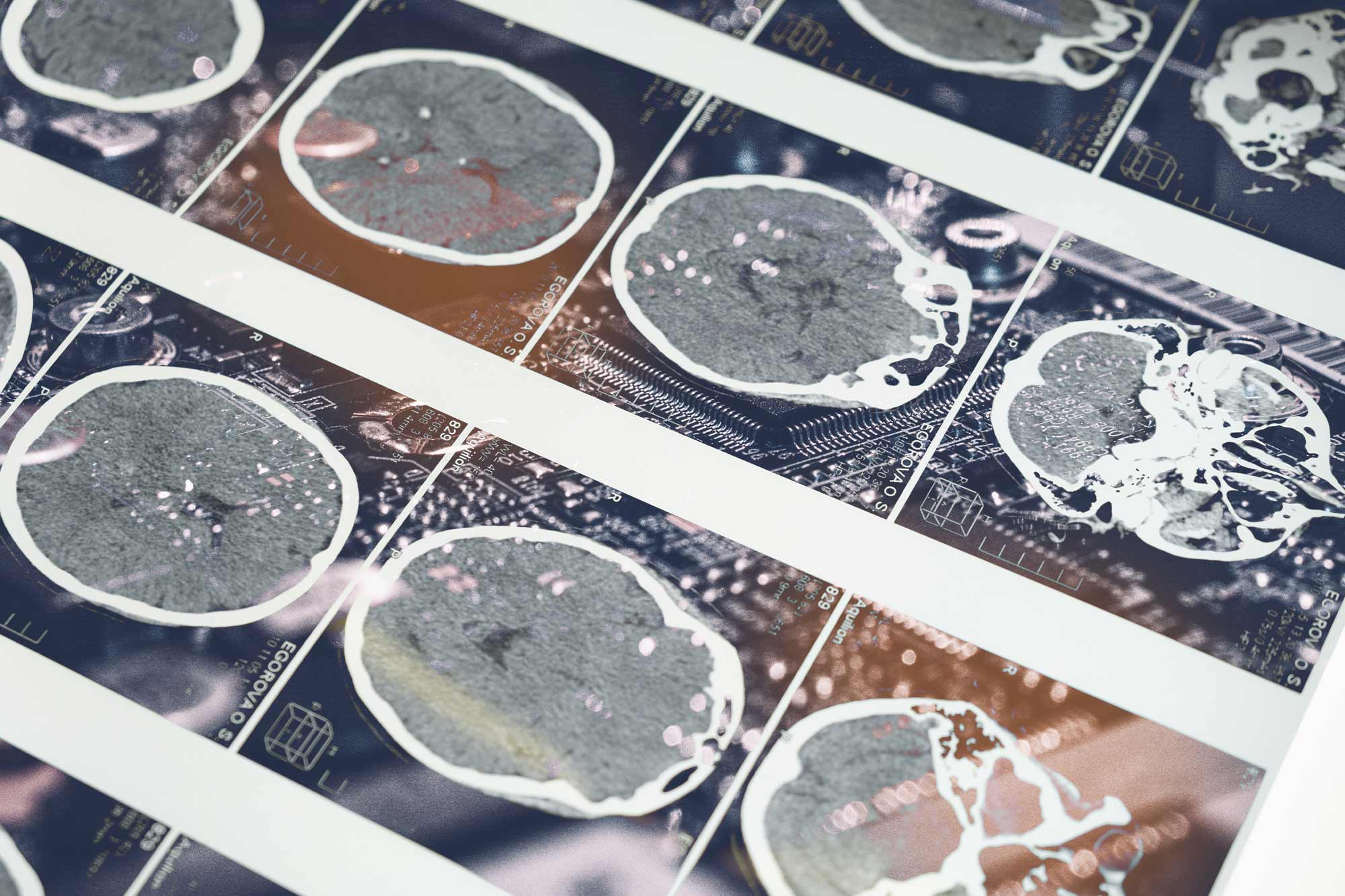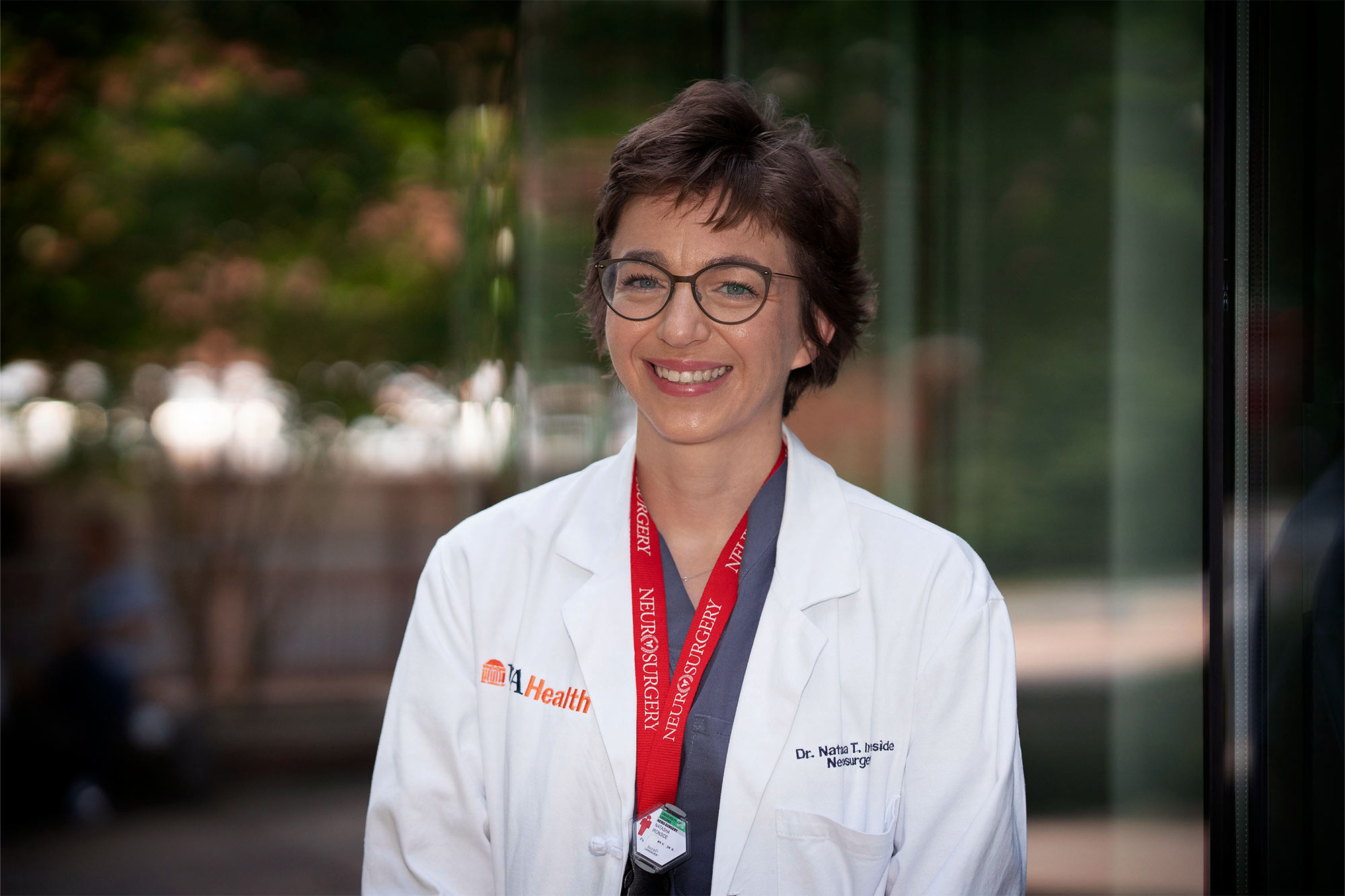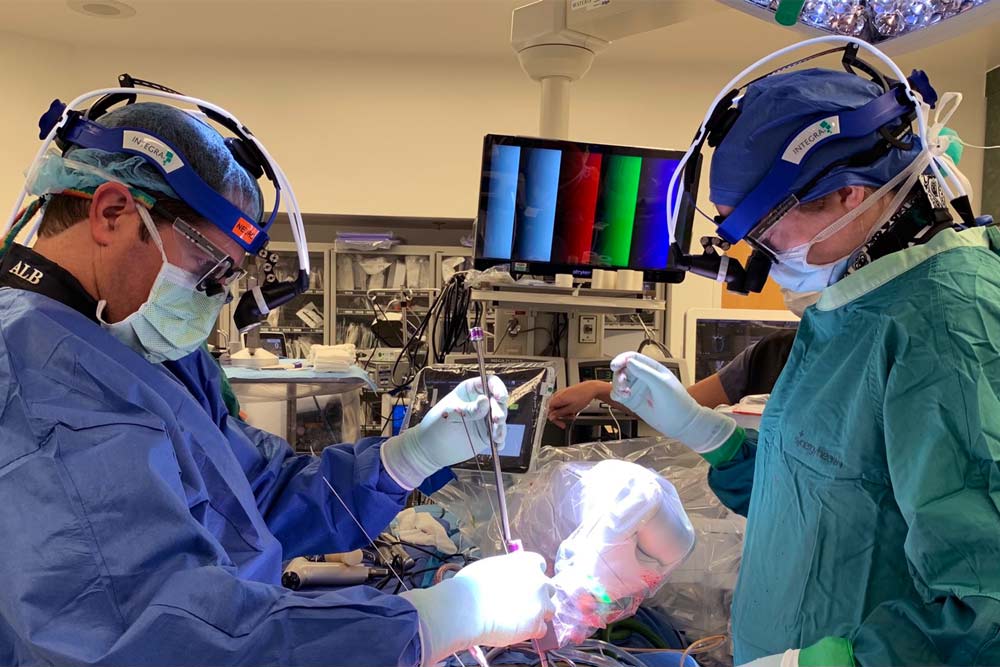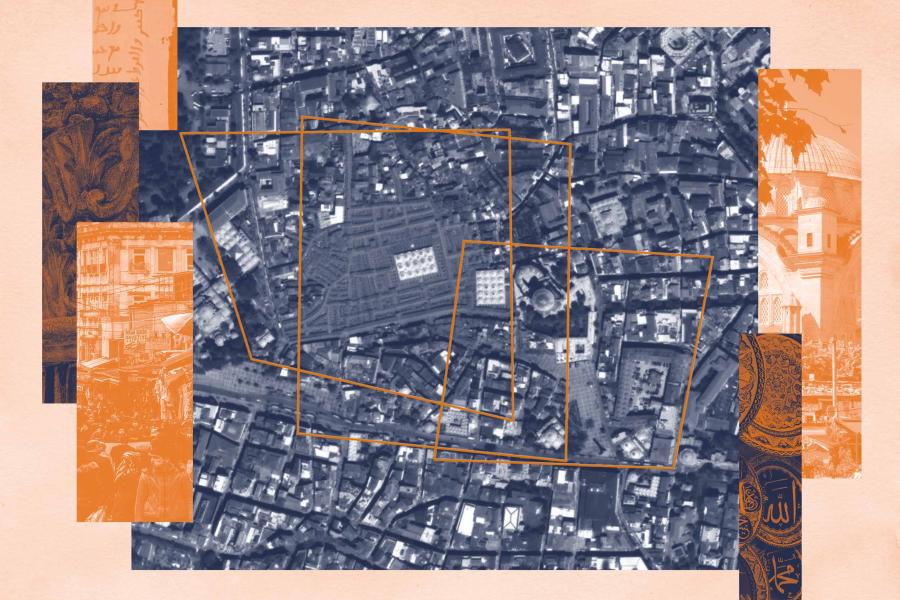In Dr. Natasha Ironside’s world, there are a number of brains at work. There’s her brain, of course; she’s a University of Virginia neurosurgery resident who’s always thinking about how to improve stroke outcomes in the brains of her patients. And then there’s the artificially intelligent “brain” she created to help with the problem.
While a research student at Columbia University, she taught herself how to code, and the subsequent artificial intelligence tool she programmed was able to quickly and accurately quantify the extent of brain bleeds, or hematomas, and swelling (edema) captured on CT scans.
“During this period, I realized that it was incredibly challenging and time-consuming to manually measure both the hemorrhage and surrounding edema volumes on CT scans,” Ironside said. “We needed a more efficient and standardized way of measuring.”













